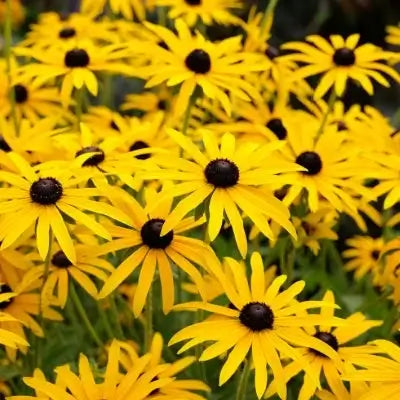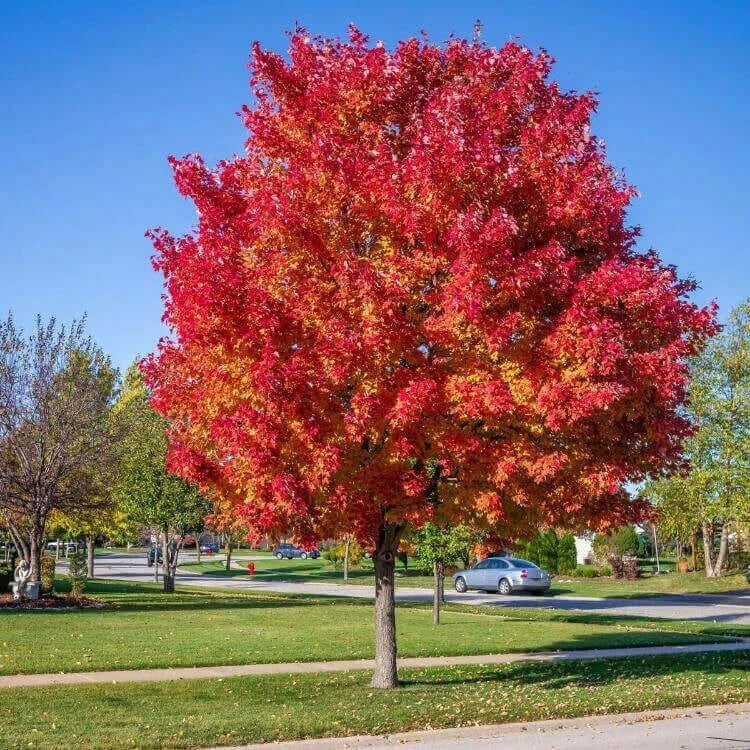
The Vibrant Charm of the Polka Dot Plant
Share
The polka dot plant is an attractive foliage plant that people love because of its spotted leaves and easy-care requirements. This plant originated from Madagascar but now enjoys global popularity as an outdoor decorative plant and an indoor foliage option. The plant's leaves display multiple colors, including pink, red, white, and purple, with dark green accents, which produce an eye-catching contrast that enhances both garden landscapes and interior spaces. The polka dot plant functions as an annual in cold climates but becomes a perennial where warm, tropical conditions allow it to grow throughout the year.
The Polka Dot Plant Is Perfect For Small Spaces
The small size of this plant makes it suitable for container gardens and hanging baskets while also functioning well as ground cover in shaded garden areas. The plant achieves a lush, bushy growth when cultivated under optimal conditions. The plant demands a humid atmosphere and warm environment while needing continuous soil moisture to keep its bright colors intact. The polka dot plant has tiny flowers that do not stand out, but gardeners prefer it for its vibrant foliage. The polka dot plant is especially suited for beginners because gardeners and houseplant enthusiasts value its easy propagation from cuttings and its overall adaptability.
Regularly pinch or prune its growing tips to preserve its bushy appearance. The plant loses its visual charm when it does not undergo pruning because it becomes thin and stretched out. The polka dot plant can survive indoors for many years with proper care, which includes sufficient humidity and indirect sunlight. Its ability to brighten dark spaces with its color makes it an ideal decorative option for homes and offices.
Growing the Polka Dot Plant: Light, Water, and Soil Needs
Despite its relative ease of cultivation, the polka dot plant requires precise conditions for light exposure and water and soil management. It needs bright indirect sunlight because direct exposure will burn its leaves, and insufficient light will cause it to lose its bright color. Growth inside requires positioning the plant by an east—or north-facing window to maintain optimal lighting conditions. The polka dot plant reaches its best growth condition in a garden in partial shade, which complements other plants preferring shade.
Proper watering practices are critical to keeping the polka dot plant healthy. The plant requires soil that maintains moisture yet drains well because it cannot withstand dry conditions. Root rot becomes a prevalent problem for houseplants when they receive too much water. Waiting until the soil dries out to water and avoid water buildup. The polka dot plant benefits from leaf misting or humidity trays to boost its growth in dry climates and during winter when indoor air becomes arid.
Polka dot plants grow best in soil that combines richness with loam texture and efficient drainage properties. Adding perlite or sand to a peat-based potting mix increases drainage capabilities while maintaining sufficient moisture levels for plant growth. This plant requires regular feeding with balanced, water-soluble fertilizer throughout its growing season for optimal growth. A bi-weekly fertilization schedule during spring and summer supports robust leaf growth in polka dot plants, and less frequent feeding in fall and winter matches their natural growth patterns.
Native Plants That Complement the Polka Dot Plant in Gardens
The polka dot plant originated outside North America yet can be combined with multiple native plants to create an attractive garden display. This plant does well in shaded conditions and pairs successfully with native shade-loving species, which boosts its vibrant foliage and supports local pollinators and wildlife.
Wild ginger (Asarum canadense) is a great native plant that works well alongside the polka dot plant. This ground-hugging perennial prospers in moist shade and has heart-shaped green leaves, which make an ideal background for the polka-dot plant's colorful spots. The striking difference between wild ginger's rich green foliage and the polka dot plant's pink or red tones creates an exciting and eye-catching combination.
The foamflower (Tiarella cordifolia) is an excellent companion plant because it is a North American native that flourishes in woodland habitats. Its delicate white or pinkish blossoms and deeply lobed leaves bring texture and softness to shaded garden areas. The dense ground cover formed by foamflower works well with the polka dot plant's compact growth while preserving an appealing color balance.
Native ferns like the Christmas fern (Polystichum acrostichoides) provide gardeners with excellent options to add vertical interest to their plant arrangements. The feathery fronds of these plants create a lush, naturalistic look that serves as an elegant background that enhances the polka dot plant's colorful leaves. Ferns grow well in rich, well-draining soil under partial to full shade conditions, making them effortless companions for shaded garden spaces.
Gardeners who plant polka dot plants in hanging baskets or containers can achieve a cascading appearance by including native trailing plants such as wild blue phlox (Phlox divaricata). Soft lavender-blue flowers enhance the appearance next to polka dot plant foliage by providing attractive color contrast and drawing in pollinating butterflies. Their shared preference for moist and well-drained soil allows both plants to flourish in the same space with little upkeep required.
Gardeners who combine polka dot plants with local species create an eye-catching and balanced landscape that showcases the tropical plant's beauty and enhances garden biodiversity. The polka dot plant fails to benefit native ecosystems, but when combined with selected native species, it helps create an environmentally sound garden that impresses with its visual appeal.
A polka dot plant earns its popularity among plant enthusiasts because it is versatile for growing and maintains striking foliage with minimal maintenance. The polka dot plant brings vibrant color and whimsy to any growing space when cultivated indoors or outdoors in gardens with native species. The polka dot plant's unique speckled leaves offer enduring charm and attention when cared for properly, so they remain an excellent choice for any plant collection.













